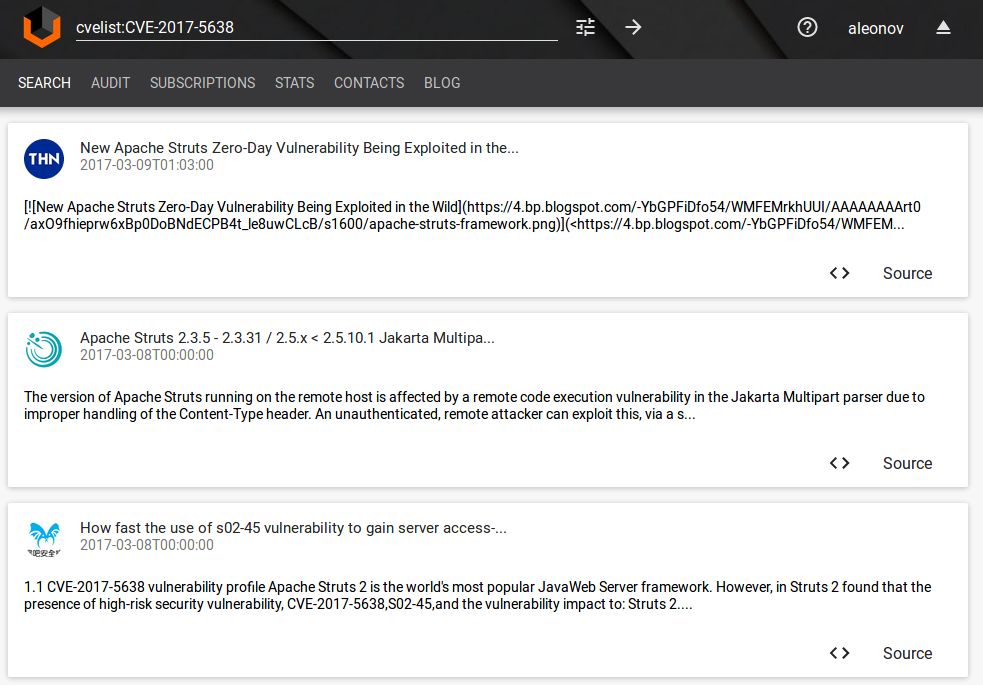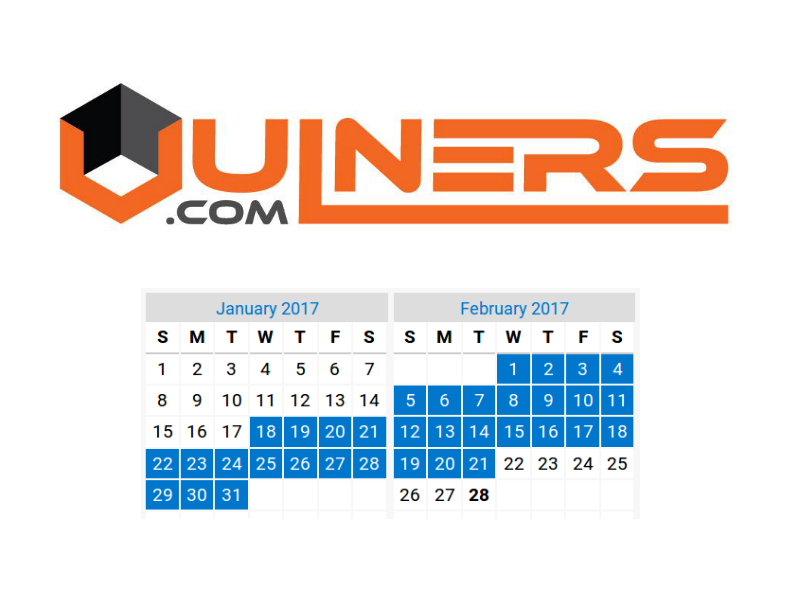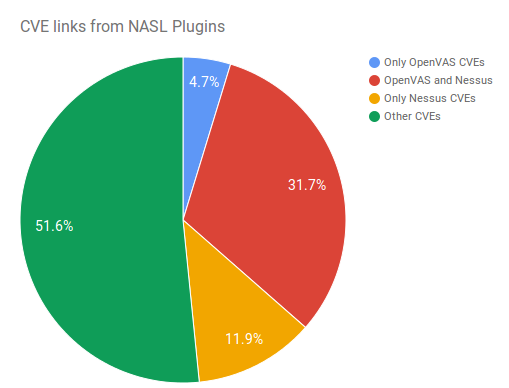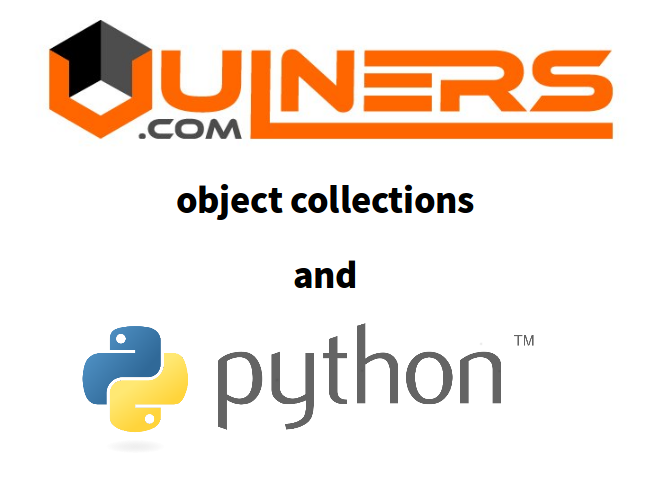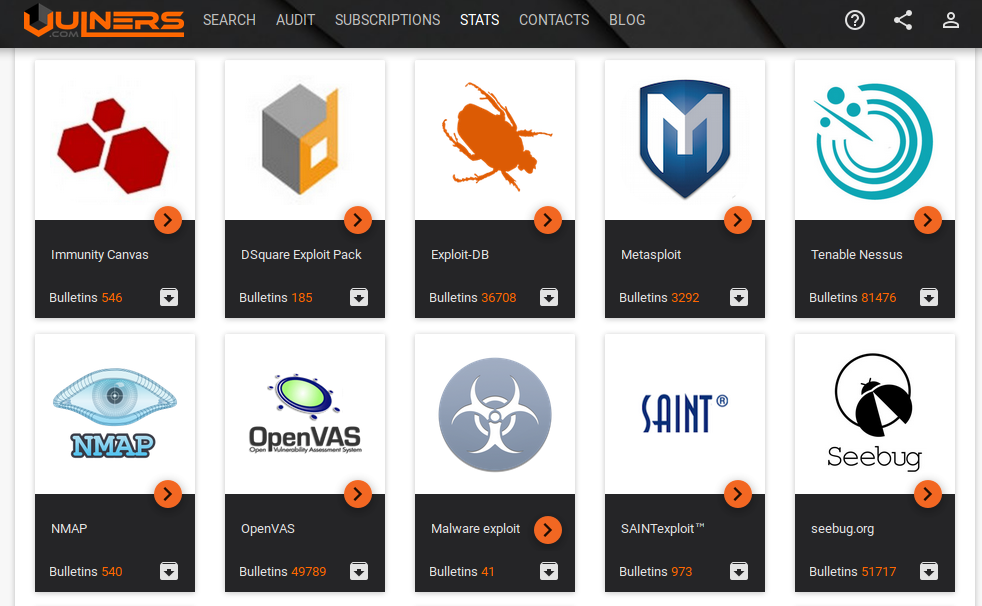The question is: do we really need an employee in organization that deals with vulnerabilities in infrastructure on a full-time basis? Since this is similar to what I do for living, I would naturally say that yes, it is necessary. But as person, who makes security automation, I can say that there are some options. ?
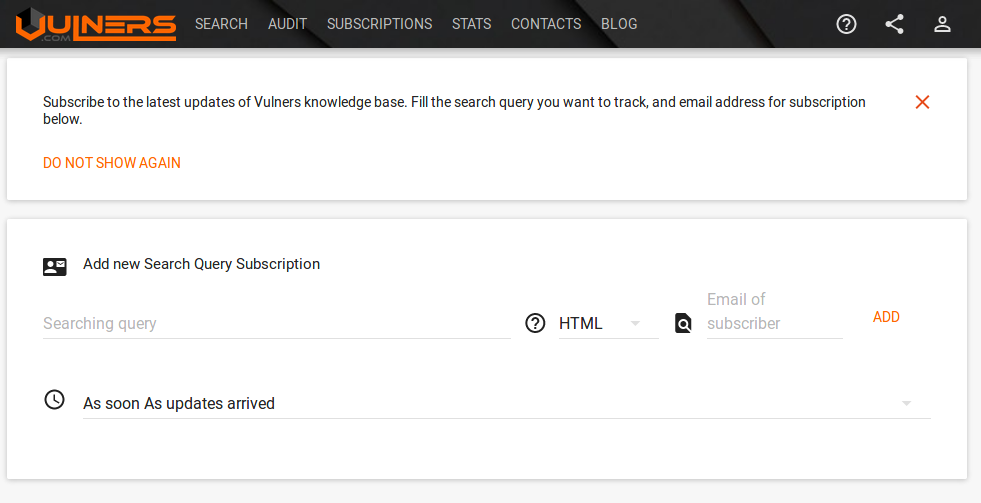
What can and can’t Vulnerability Assessment (VA) specialist do?
VA specialist makes recommendations to remove vulnerabilities from your infrastructure using some tools: vulnerability scanners, vulnerability feeds, different news sources. In case of network vulnerabilities, he will most often tell your IT administrators: “Do we use A software with version BBB? As I see some security bulletin says that there is a critical vulnerability in it”. That’s it.
VA specialist by himself usually don’t patch the hosts. Moreover, sometimes he can’t detect the vulnerability, even he has an expansive vulnerability scanner, because some vulnerabilities can only be detected locally during authenticated scanning, and this IS specialist may not have permissions to do it.

